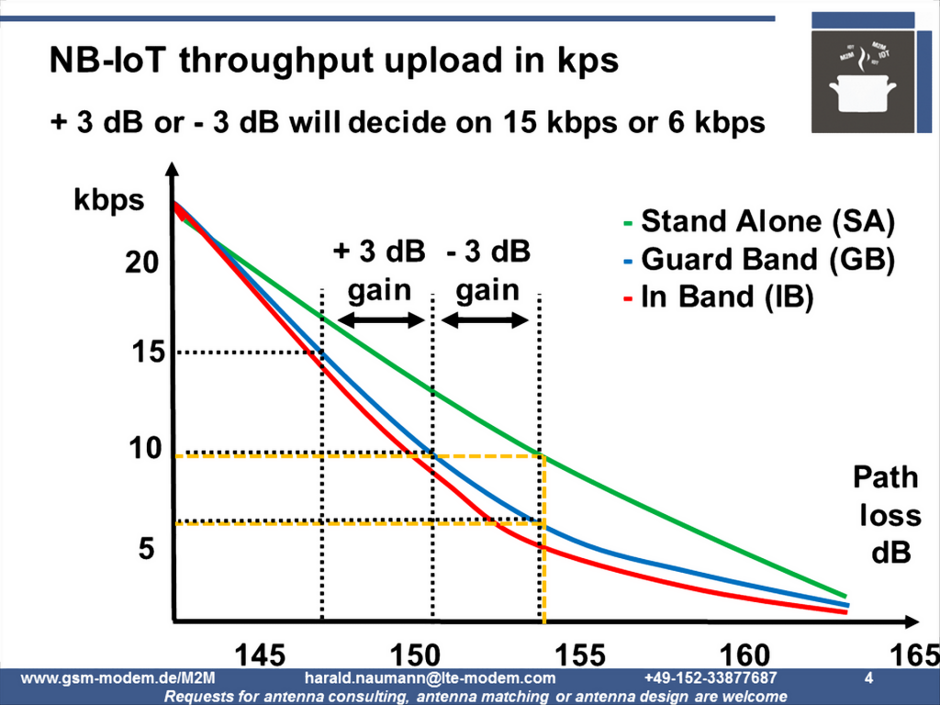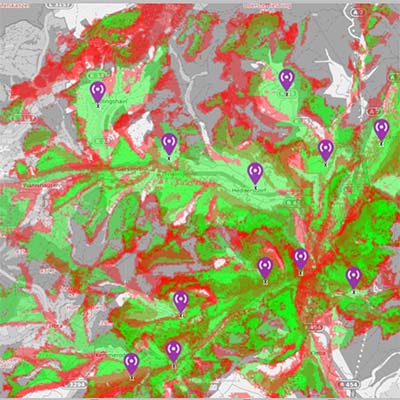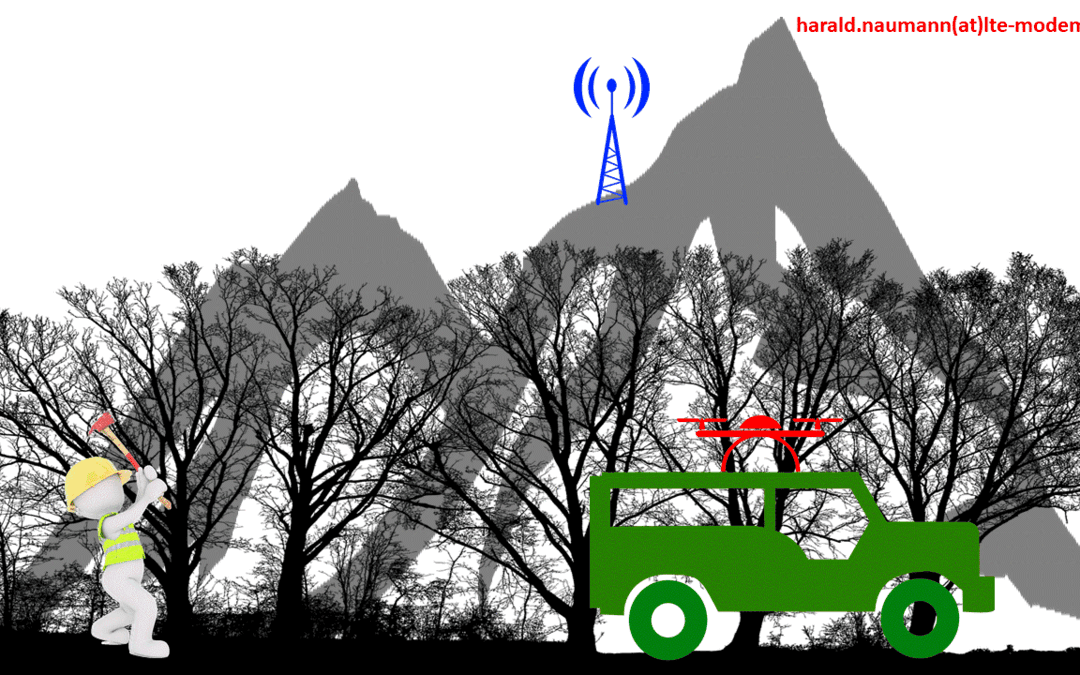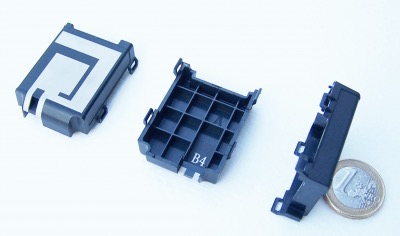NB-IoT throughput V antenna gain
Because a picture is worth a thousand words, here is the NB-IoT throughput table in a graph.

With a 144 dB link budget (all the power gains and losses from transmitter to receiver), we will achieve a speed of 21 kbps. If the link budget must be higher, the transmission performance will be reduced.
The 3 coloured curves show the 3 operating modes of NB-IoT. The green standalone curve exists only in theory because no carrier would operate NB-IoT exclusively within its expensively licensed spectrum. In-band mode and guard band mode are common where there is some power loss due to a higher signal to noise ratio affecting performance.
As you can see from the graph, NB-IoT rewards or punishes +/- 3 dB of system gain with 6 kbps to 15 kbps in performance. This plus or minus 3 dB gain is in the hands of the IoT developer. The better the design, the higher the maximum speed and the lower the energy consumption.
Everyone talks about the possibility for a 10 year battery life for NB-IoT. With a 151 dB link budget that battery life is in fact only around 5 years. Worse still, at 154 dB it will be 2.5 years. But with a careful design that achieves 148 dB it will hit that magic 10 year number. This range from 2.5 years to 10 years depends on the quality of the design. The battery is often more expensive than the radio module and in many applications it will not be possible or desirable to visit the IoT device to replace the battery and so it makes sense to take the time and trouble to optimize the antenna in order to maximise battery life.




0 Comments